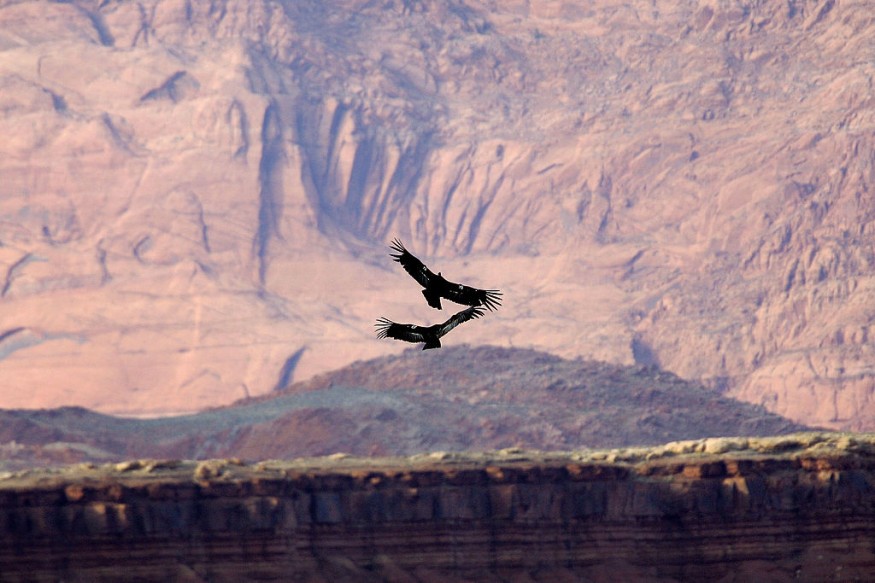
As the California condor's numbers and geographic range increase, experts are hoping that two of the dozen birds they have observed soaring over Mount Hamilton could be the first nesting couple.
A Dozen California Condors Over Mount Hamilton
This week, a dozen condors were observed soaring over the Diablo Range, indicating that the endangered species may be discovering new peaks, plateaus, and grasslands in the Bay Area.
The number of condors present at once is the highest the Ventana Wildlife Society has ever recorded, according to executive director Kelly Sorenson. The aforementioned societal organization returns condors raised in captivity to their prehistoric Central Coast habitat. Sorenson asserts that the population is expanding both geographically and in terms of size.
Two of the birds were sighted flying above Mount Hamilton on Thursday, just 20 miles east of downtown San Jose. After hearing about the sighting on the radio, astronomers along with other Lick Observatory employees rushed outside to look to the sky.
Elinor Gates, an observatory astronomer, described the experience as "so exciting" and noted that condors are such enormous, imposing birds. At the time, she hurriedly left her home with binoculars and photos.
The pair of California condors, one released in the mountains near San Simeon's coast and the other in Pinnacles National Park, flew over a structure housing the Observatory's antique 35-inch refractor telescope from the west to the east.
Reintroduced and Thriving
The native Rumsen Tribe gave the San Simeon bird the name Xakkin. It was given this name, which means "to eat ravenously," because of his voracious appetite and desire to intimidate other feeding condors. The name of the Pinnacles bird is still to be decided.
Since being freed, they have become part of a sizable flock that soars between Pinnacles and Big Sur, as well as increasingly the Diablo Range north of Highway 152, which connects Watsonville to Merced. Its traditional range center is located south of Interstate 152.
According to Sorenson, the condors travel there because it is an excellent habitat. It is a stunning ranch land that is home to many different animals.
California Condors
The large wild birds, which had 10-foot wingspans, went extinct as a result of lead poisoning, hunting, and habitat degradation.
There are now 93 individuals living in California, up from 20 in 2002. But lead poisoning still claims the lives of birds. They are scavengers and eat carrion, such as the dead bodies of deer, squirrels, and other mammals. If lead was used to kill those animals, the condors would eat it and die. Even though lead ammunition is no longer permitted, especially for.22-caliber bullets, hunters frequently have trouble locating non-lead ammo.
The best season for condor exploration is summer because the summer sun warms the ground, causing columns of rising air known as thermals. The thermal lift makes their flight easier.
According to Sorenson, these wanderings portend upcoming condor action. They look over the possible habitat and make a quick mental note of its location. They return after that.
Then, as time passes, a specific area gradually becomes overrun with birds. It eventually blends into the range.
Related Article : Avian Flu Kills 21 Critically Endangered Condors in 25 Days - Arizona
© 2025 NatureWorldNews.com All rights reserved. Do not reproduce without permission.





